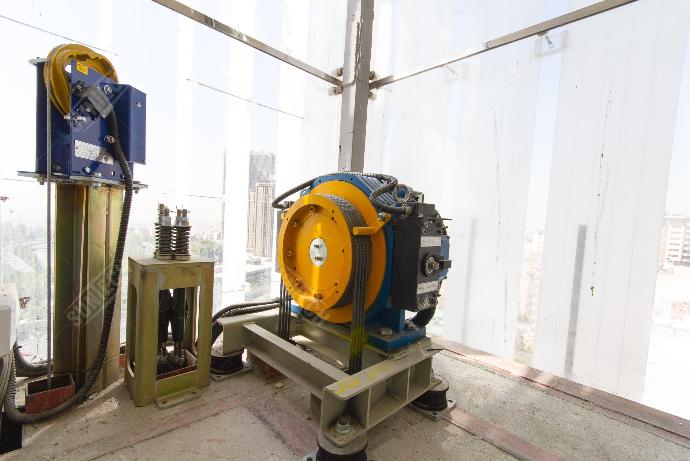Types of elevators
The types of elevators that can be used in any building are:
Traction elevator
Hydraulic elevator
Machine roomless elevator (MRL)
We compare these three types of elevators in terms of cost, safety, quality and installation restrictions. Comparison of elevators in terms of safety: In normal conditions, all three types of elevators are safe, but in special situations, such as passengers getting stuck during a power outage, elevator breakdown and repairs, there are differences between these three types of elevators as follows:

Comparison of elevators in terms of safety
Traction elevator
In the event of a power outage or a traction elevator failure, the process of passengers exiting the cabin is not very simple and must be carried out according to the brochure and by a person with average knowledge .
Hydraulic elevator
In the event of a power outage or a hydraulic elevator failure, a non-specialist can simply open a hydraulic valve and direct the cabin to the lowest floor
Machine roomless elevator (MRL)
In the event of a power outage or failure of an elevator without a machine room, the process of passengers exiting the cabin should only be carried out by the company's specialist personnel. Companies selling this type of elevator provide exclusive services
Comparison in terms of installation restrictions Elevator installation restrictions include the following :
Building height, elevator room area, load carrying capacity, supply of parts and spare parts, and necessary expertise for maintenance
Traction elevator
Traction elevators have fewer restrictions on installation and commissioning. For example, the Milad Tower elevator with a capacity of 4,000 kilograms and a height of 296 meters is a traction elevator .
Hydraulic elevator
Due to the height limitation of the hydraulic jack, it is only applicable to buildings less than 4 stories or a maximum of 5 stories (5 stops) .
Machine roomless elevator (MRL)
Installation restrictions are less for elevators without a machine room, as they do not require space for a machine room. However, the supply of parts and specialized repairmen for them are among the disadvantages of this system
.